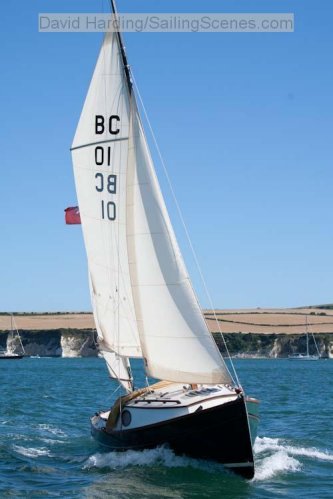The infill panel progresses. I put the engine back in and experimented with spaces. With the panel cut in two length ways it can be hinged and there will be room for the two parts to fold up out of the way when the engine is lowered. So I have decided to go for it instead of replacing the flaps. I have made up a new infill out of 18mm MDF to use as a template for the final 18mm marine ply panels. It fits quite well. I might modify it slightly for an even better fit, but I don't think I will want it completely tight. It will need epoxy and antifoul on it, so there needs to be a bit of room.
The stern end of the opening had a single plastic flap right across it, held in place by a strip of plywood across the back of the opening. The screw heads were full of epoxy and irremovable. The multi tool came into its own again and cut them off flush using a metal cutting blade.
Subscribe to:
Post Comments (Atom)


The jointing problem with infill panels occur mainly at its junction with the structural frame and allowance for moisture or thermal movement is usually achieved by using a suitable mastic or sealant. Masonry Infill panel of contemporary cavity construction can be used to preserve traditional features and to attain high standards of sound and thermal insulation and fire protection. Masonry walls are tied to the structural frame with wall ties cast into the concrete columns or with a purpose-made cladding support system.
ReplyDelete